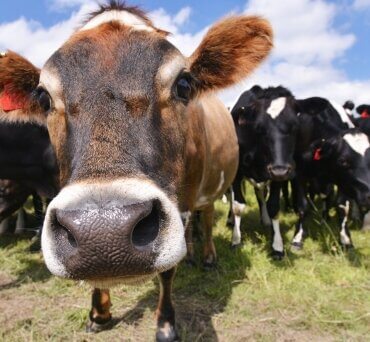
Rural news in brief
Improvement seen
New Zealand is making progress in the fight against anti-microbial resistance, with sales of veterinary and horticultural antibiotics falling for the seventh consecutive year, says New Zealand Food Safety’s (NZFS) deputy director-general Vincent Arbuckle. The latest antibiotics sales figures for plants and animals are a clear sign that antibiotics are being more carefully used, he said.
Money secured

Jeremy Bryant Aimer Farming
Waikato-based agri-tech start-up Aimer Farming has secured a $NZ750,000 capital investment from Cultivate Ventures to grow its team, speed up development of mobile, drone, and satellite solutions, and launch into international markets. Aimer Farming develops AI-powered tools to help farmers optimise pasture and livestock management using smartphone-based computer vision to measure and forecast pasture mass, while generating reliable feed wedges and automated grazing plans.
Levels set
Maximum residue levels for glyphosate in wheat, barley and oats have been set at a limit of 0.1mg/kg and a restrict use of glyphosate for these arable crops. Agricultural chemicals, like glyphosate, are critical for farmers and growers because they help manage outbreaks of pests and diseases, reduce the risks to plant and animal health, and help keep food prices down, because crops and animals can produce more when there are fewer pests.
Master plan

New Zealand National Fieldays chief executive Richard Lindroos. Photo: Chris Gardner
The New Zealand National Fieldays Society board will develop a new master plan to guide the future of Mystery Creek Events Centre. The decision follows the success of the 2025 Fieldays event and growing market demand for a venue in the Waikato capable of hosting such large-scale events.
Floods increase

Flooding in Waikato
New research led by Earth Sciences New Zealand reveals that more than 750,000 New Zealanders live in locations exposed to flooding from one-in-100-year rainfall flooding events and this number could increase to more than 900,000 with a further three degrees of warming due to climate change. The findings come from the culmination of a five-year research programme looking at flood risk across New Zealand.








